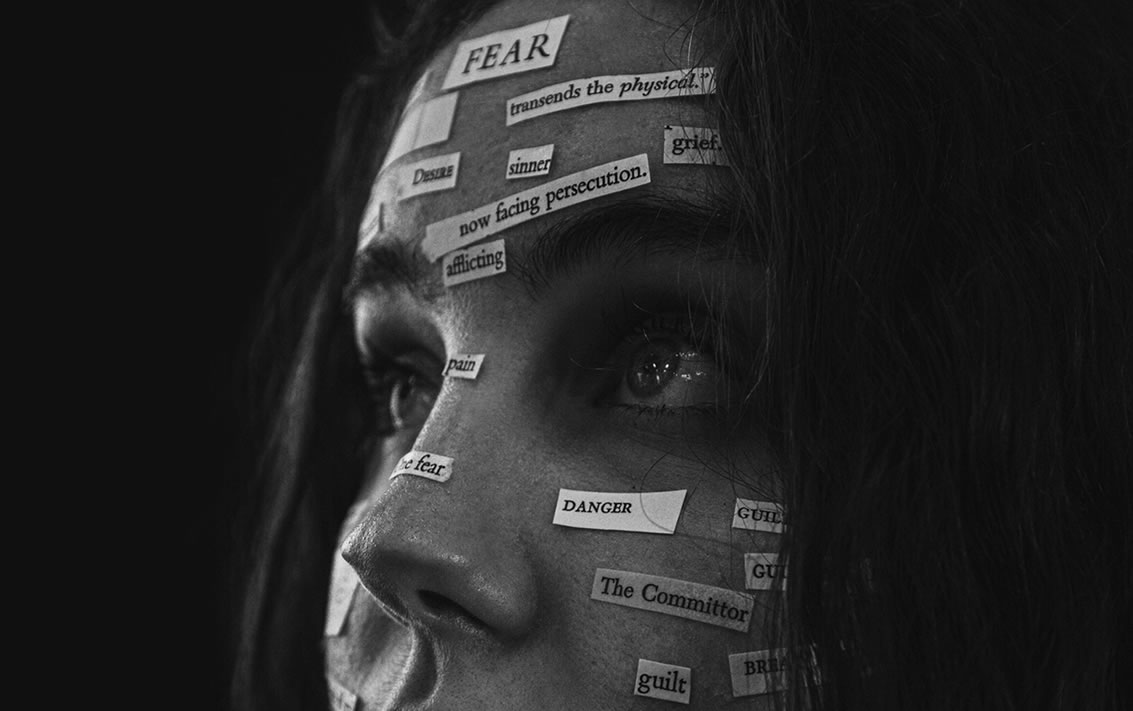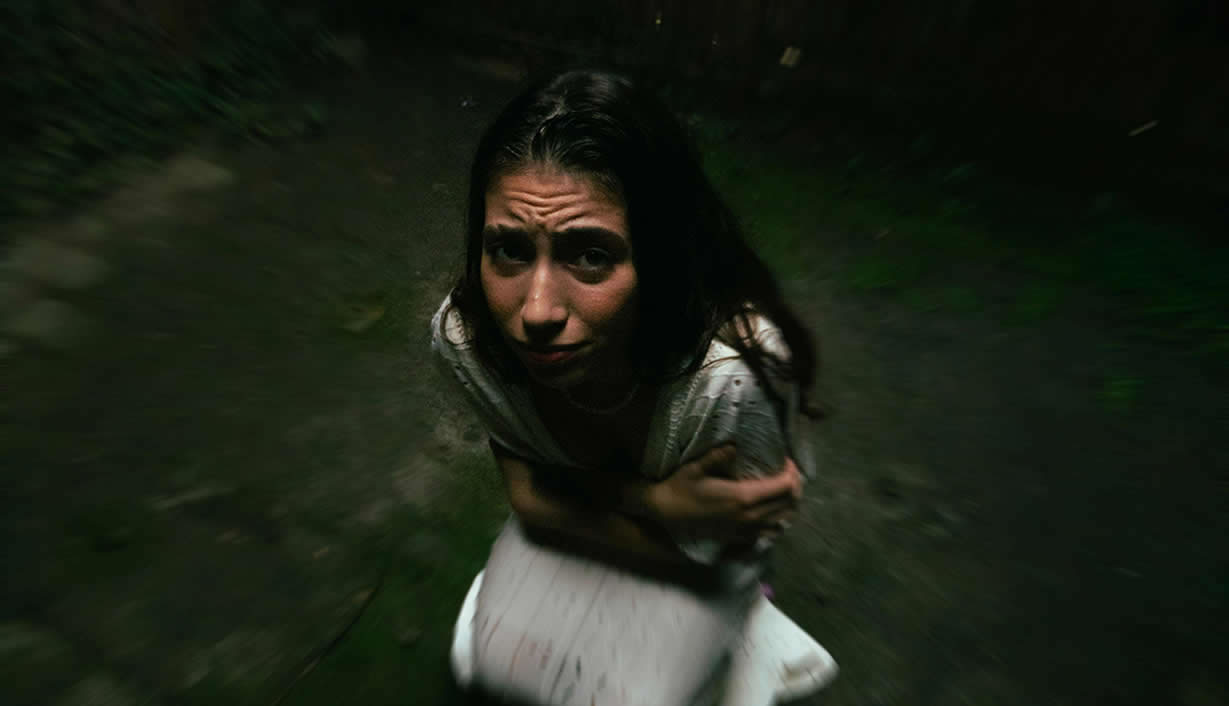Borderline Personality Disorder (BPD) is a mental health condition characterized by nine core symptoms: fear of abandonment, unstable interpersonal relationships, impulsivity, mood swings, a distorted self-image, intense anger, chronic feelings of emptiness, re-occurring thoughts of self-harm or suicide, and bouts of paranoia or dissociation. Someone needs at least five of these nine symptoms to be diagnosed with BPD.
While not a symptom as such, one of the pervasive features of Borderline Personality Disorder is a phenomenon known as “BPD eyes” or “empty eyes”. It’s important to note that not everyone with BPD exhibits this trait, but it is widespread enough to be noticeable. It should also be stated that this is, of course, a subjective experience.
Some people with BPD will, at times, have eyes that look like there are no emotions behind them. If the eyes are the windows to the soul, does this mean that people with Borderline Personality Disorder don’t have much in the way of emotions, despite the accepted nature of the disorder?
The answer to the question above is, of course, a resounding NO! People with BPD suffer from feeling emotions very intensely. So, what causes that blank look in the eyes of people with BPD?
Dissociation and Chronic Feelings of Emptiness
Dissociation is a self-defense mechanism commonly used by people with BPD to cope with overwhelming emotions. Dissociation is a disconnection between a person and their thoughts, memories, feelings, actions, or sense of identity. This disconnect can manifest itself in several ways:
Depersonalization: Depersonalization is the feeling of being detached from the self; like observing yourself from the outside looking in.
Derealization: In an episode of derealization, the world around you might feel unreal or dreamlike.
Memory Disturbances: People who dissociate may have gaps in their memory, or even create false memories.
Identity confusion or alteration: Uncertainty or shifts in self-identity can make someone feel like a different person at times, almost like they have multiple personalities.
Periods of dissociation are typically triggered by stress, trauma, or intense emotional states. As individuals with BPD often experience intense levels of emotions, it can be common for them to dissociate during these times.
Depersonalization and derealization in particular could be the main cause of “BPD eyes”. When you feel detached from yourself or the world around you, it’s only natural that your eyes might look blank or empty, as a certain part of you is switched off.
Someone dissociating is retreating within themselves, giving themselves time and space away from the stress, trauma, or intense emotions they’re experiencing. It’s important to note here that it’s not only people with BPD who dissociate. People with Post-Traumatic Stress Disorder (PTSD), Dissociative Identity Disorder (DID), Major Depressive Disorder (MDD), and Anxiety Disorders, to name just a few related conditions, also commonly dissociate as a means of detaching themselves from pain.
It must be stated that no one chooses to dissociate. It’s a subconscious decision made to defend the self.
But dissociation isn’t necessarily the only possible cause of “BPD eyes”. Another symptom of Borderline Personality Disorder is a chronic feeling of emptiness. Exactly what this feeling is can be hard to describe to those who’ve never felt it before and the feeling can also vary from person to person.
Some people with BPD report that they feel there’s a void within themselves that they don’t know how to fill. This internal void can be a deep, gnawing sensation that something is missing within the person or their life. Others experience it more as a deep emotional numbness as if their emotions are hollow or meaningless. Someone with BPD may experience very intense emotions yet still feel as if they’re disconnected from them or that their emotions, despite their intensity, are hollow.
When you recognize that someone feels hollow or like they have a void within themselves, it becomes easy to understand why their eyes might lack that certain spark that most people’s eyes have. Feeling empty zaps that spark right out of you, giving your eyes a flat, dull appearance, as seen in “BPD eyes”.
What You Can Do To Help Someone With BPD Eyes
If you know someone who has Borderline Personality Disorder and have noticed that their eyes look empty lately, you might be wondering what you can do to help.
First off, it’s important to note that there’s no miracle cure or any one thing you can do that will instantly pull anyone out of this kind of funk. However, there certainly are a few things you can do to help.
Try to speak to them in a calm, reassuring tone so that they feel safe, and be sure to use their name as often as you can without over-egging it. Using someone’s name helps them to reconnect with their identity and feel recognized. You can also ask them simple questions like “What day is it today?” or “Do you know what the weather will be like this weekend?” as this can help ground them in reality.
If possible, you should also try and create a safe, calm environment for them to be in. The less stimulation they experience, the better.
You may also want to encourage them to look into trying new hobbies or learning new skills, as this can help reduce feelings of emptiness.
Finally, if you believe it will be taken well, you may wish to suggest to your loved one that they seek therapy. Many forms of therapy can be used to successfully treat BPD and help lift someone out of the void they find themselves trapped in.

Final Thoughts
It’s easy to see someone with “BPD eyes” and mistake it for a lack of emotion and feeling. While that may be true for some, for others it can be the exact opposite. Someone with empty eyes may experience emotions so intensely that they effectively have to shut down to recharge for a while before they can boot back up again. They’re the eyes of someone who feels so much that they can’t bear it anymore.
We don’t need to be concerned about the eyes themselves, but rather the suffering going on behind those eyes. Those eyes represent someone struggling with a serious mental health condition. Those struggles are chronic, ever-evolving, and can be debilitating.
Treating people with BPD ( and other mental health conditions) with kindness and empathy can go a long way but it’s not always enough. Sometimes, professional help is required.
Sources, Resources, and Further Reading
- Reduced positive attentional bias in patients with borderline personality disorder compared with non-patients: results from a free-viewing eye-tracking study: https://bpded.biomedcentral.com/articles/10.1186/s40479-024-00267-y
- That “dead” look in the eyes: https://bpdfamily.com/message_board/index.php?topic=202053.0
- BPD Empty Eyes And BPD Dissociation: https://www.youtube.com/watch?v=AeP-8YEZAzQ
















